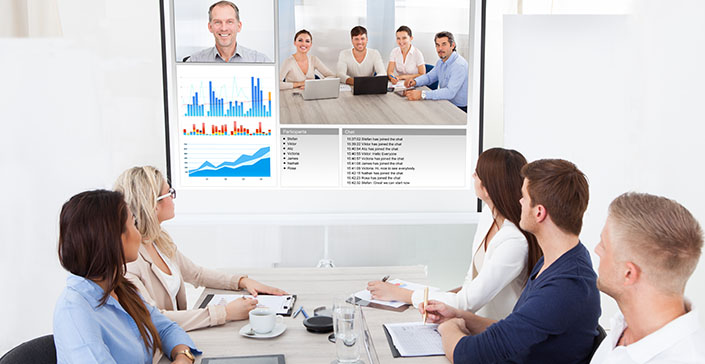If you’re a consumer of business technology, you have undoubtedly spent many hours speaking with vendors and reading white papers that promise too-good-to-be true benefits like “300% ROI!” and “boost conversions by 200%!” Sometimes these statistics are accurate; sometimes they are, well, slightly inflated.
Instead, wouldn’t it be valuable to see how a piece of technology can help optimize segments of your sales cycle in the real-world? If so, that’s what we’d like to look at today – showing you how online live help and live chat software can improve conversions across a very difficult obstacle in the sales cycle: objection handling.

The term “objection handling” simply means “the reasons why prospects won’t convert.” This concept is as old as marketing itself and the process behind it is universal. It goes like this: a marketer reaches out to a prospect. The marketer identifies areas of opportunity and tailors their message accordingly. They may do some back-end demographic profiling by, say, understanding similar buying patterns for customers in the same industry, or look at what external economic factors are impacting that industry (e.g. steel prices for auto manufacturers).
After all this work and the sales call itself, the marketer, unfortunately, gets a no. “Thanks but no thanks”, the prospect says, which inevitably raises the follow-up question, “Why?”
Historically speaking, almost 100% of “no’s” can be attributed to one of two factors: price point and value. The prospect declines because they simply can’t afford it (even though they see value), or they simply don’t see the value. And it’s from here that marketers create a plan to address these doubts and maybe, over time, get them to convert.
Traditionally speaking, marketers pursued the sale through the normal channels: frequent phone calls and e-mails that are never read. Now, however, online live help and video conferencing software can improve their odds for conversions, even in these bleak situations. Here’s how.
First, marketers can be more aggressive and visual in addressing these objections head-on. So, let’s say the marketer schedules a follow-up call. Let’s say the marketer knows the prospect sees the value but can’t justify the cost. The marketer can, of course, drop the price, but assuming he or she can’t, they can’t make a powerful case for value. Using live chat software, the marketer can walk the prospect through the product offering, pull up testimonials, and show concrete examples on how the prospect can save money.
But most importantly – and this is where video chat software can truly make a difference – the marketer can look at the prospect in the eye and say, “So you see the value… what are the financial considerations that are keeping you from joining?” This is a powerful interaction because it is face-to-face.
Live chat software, in particular one that includes audio/video conferences harnesses the powerful of interpersonal contact and uses it to your advantage across the sales cycle.

0 Comments
Leave A Comment